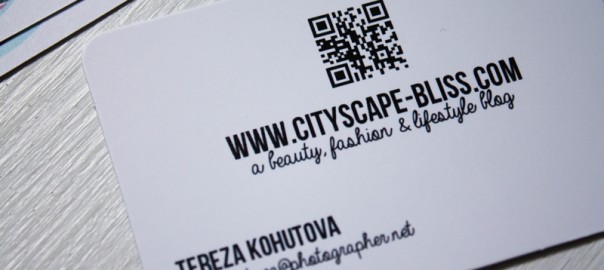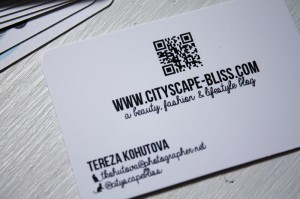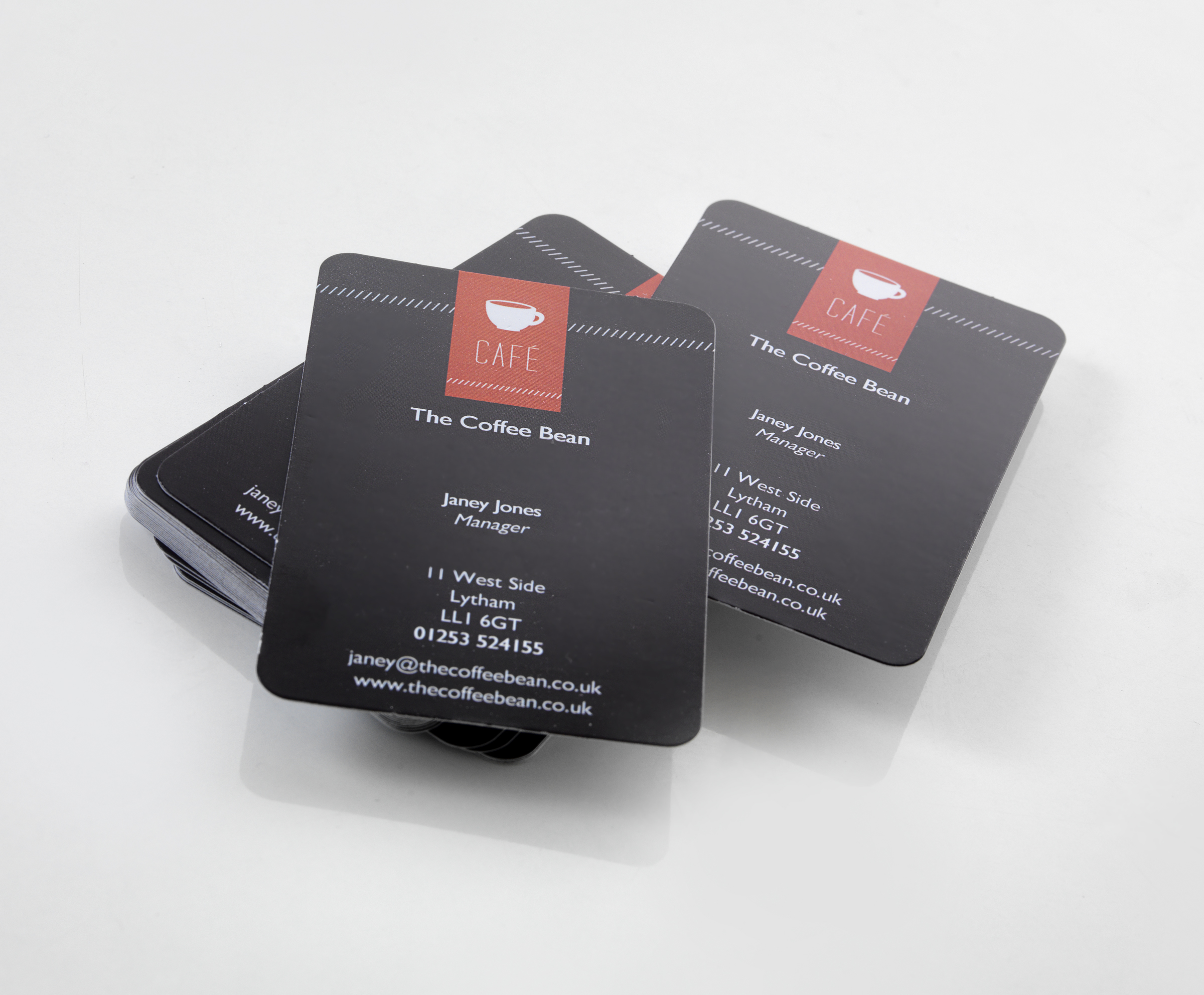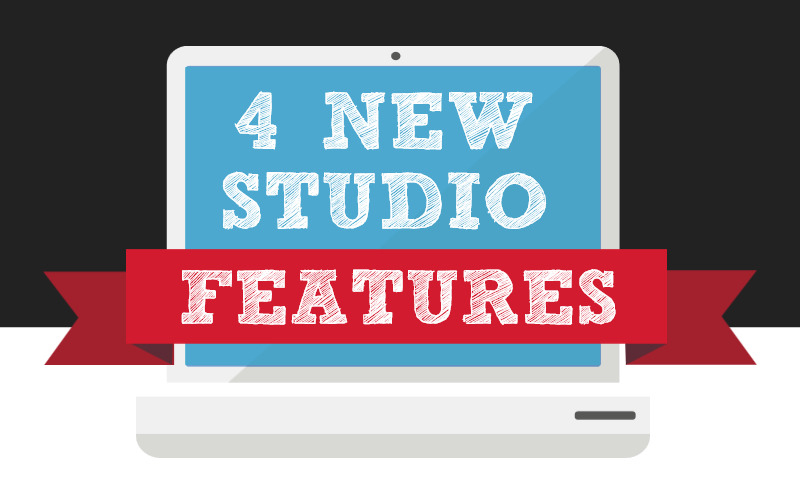Even if you don’t know what a QR (Quick Response) code is, you’ve doubtless seen these odd barcode type squares of dots, popping up in marketing information and posters over the past few years. QR codes are essentially barcodes, evolved.
You might then wonder what QR codes bring to the party when it comes to business cards—and the answer is quite a lot. While the traditional barcode deals with a limited amount of data, the QR code may include any form of computer-readable data, including a file containing up to 7K of data. The uses of QR codes are many and diverse. For instance, have you ever used your phone to check-in for a flight? That’s a type of QR code.
This article will discuss what QR codes are, what they add to business cards, and will go through the pros and cons of adding such a technology to your own card.
What Is a QR Code?
Japanese conglomerate Toshiba, with the help of a sister company, developed the modern form of QR code technology after becoming dissatisfied with the reliability of traditional barcodes. Since its development in 1994, QR codes have become an open international standard, used all over the world, in many industries.
How Do QR Codes Relate to Business Cards?
To answer this question, you need to know something about their use in marketing. Most modern smartphones include barcode scanning functionality, enabling the scanning of both traditional barcodes and QR codes.
The information in a traditional barcode is of limited value, outside of its intended use. However, the QR code on a marketing poster may contain a link that, when scanned, takes the user directly to a promotional website, or provides some useful piece of tourist information if scanned from a museum exhibit.
That’s a great function—no requirement for the user to type a fiddly website address into their smartphone—almost instant access to the information.
A QR code may contain any information usually printed on a business card, enabling a user to scan your contact, or other promotional information, directly into their smartphone.
What Information to Include in Your QR Code
If you’re thinking about including a QR code on your business card, you may wonder: what information should I include in it?
Personal Contact Information
If it’s for personal contact information, the QR code should include a vCard containing all contact information.
A vCard is a file format used for sharing contact information between smartphones, computers and PDAs. A customer may scan your business card details directly into their smartphone or computer.
You may use either a static or dynamic vCard.
1) Static vCard QR code: The static vCard contains all contact information. Advantage: the customer may import this directly into their smartphone. Disadvantage: The details can’t be edited and if your contact details change, you must print a new card.
2) Dynamic vCard QR code: The dynamic vCard directs to a landing page on a website, which hosts your vCard.
Advantages: It’s possible to track how often the business card is scanned and also record the IP address and location of the scanning device. The details in the vCard may change without updating the QR code. Disadvantages: The customer’s device must have Wi-Fi or Internet access to use this function—the static vCard doesn’t. It’s more complicated to set up and less straightforward for the customer.
Business Promotion
If the card is part of a business promotion, the QR code may include a direct link to a sales promotion. If, for instance, your business sells printing supplies, include a direct link for the customer to reorder their toner or paper.
It’s common practice to use QR codes to link to free competitions or giveaways, enabling instant sign up on the website.
Other Uses and Benefits of Business Cards with QR Codes
You might think that the most obvious advantage of business card QR codes is the ease with which your customer can scan the information, but that’s only half the story.
After most sales conferences, trade shows or seminars, events where attendees exchange huge amounts of business cards, an unfortunate intern has the job of inputting all that contact information into their company’s CMS.
For traditional business cards, that’s feeding them through an OCR enabled business card scanner. These scanners are pretty good, but they are not perfect and depending on the quality of the printing and the typeface used, things can go wrong.
An observant intern might check and manually correct, but no guarantee. With a QR code, the contact data will transfer perfectly.
Here are some other advantages of using QR codes on business cards:
1) Direct link to Your LinkedIn Profile: LinkedIn is a popular business-oriented social media platform. A link to your profile encourages a customer to follow you on the platform.
2) Direct link to Your Business Portfolio: Direct a customer to your portfolio or list of business services. For instance, the profile for a graphic designer might show a gallery of their work, or writing, in the case of a freelance writer.
3) Quick Access to Your Contact Details: If a customer is looking for the service provided by your business and they have several competitor cards in front of them—Would they spend minutes typing in a web address from each business card, or access your company details directly from the QR code?
4) Save Space: A QR code uses less space than printed details
5) Show Your Techy Side: If your business is in technology, it’s good to show the customer that you’re keeping up with popular trends.
Not to mention, they simply look attractive and professional. When handing a card to a potential customer, a cool-looking business card with a QR code is a good conversation starter.
What Are the Downsides to Using QR Codes on Business Cards?
Unfortunately, like any technology, QR codes aren’t perfect – they have their downsides, too. Here are some potential disadvantages to think about before you go sticking them across all of your promotional materials.
Security Concerns with QR Codes
The one downside of QR codes that attracts the most headlines is security. Banks, always keen to protect their customers from phishing scams, issue warnings about clicking on risky emails or web links. Now they include QR codes in these warnings.
Unlike traditional barcodes, which contain a limited amount of data, QR codes can contain detailed computer-readable data. This might include links to malicious web pages or even malware contained directly in the QR code data.
It is important to realise that a QR code is a black box, and it’s impossible to know what data it includes without first scanning the code.
The encouraging news here is that security companies and anti-virus software vendors are becoming more proactive in combating these risks.
In terms of smartphones, anti-virus companies provide free QR code scanner apps, which scan the QR code for security risks before loading the data.
How to Encourage Customers to Scan Your QR Code
It’s all about trust. If your brand is well-known, your customer is more likely to feel comfortable scanning the QR code. However, if not and you’re engaging in a new promotion, carefully consider how to integrate the QR code in your business card design.
It has become commonplace in the tech industry for people to go all out with QR codes on their business cards. For instance, someone might include their name and job title only (Dave Martin, The World’s Best Games Programmer) and include everything else in a vCard, encoded in a QR code.
While that approach might seem ‘cool’ and appeal to techy types, others might feel nervous to scan such a QR code into their device. This is especially true if you decide to distribute your cards in public.
When designing the business card, include printed contact information, don’t just rely on the QR code. In that way, someone would feel more confident to scan the code.
There are other reasons for not relying 100% on the QR code. If your business is in a traditional industry, not all of your customers would be tech savvy, or even own a smartphone!
The moral of this story is unless you are 100% confident that a QR code only business card works for all of your customers, take care to include sufficient printed contact information.
The Importance of Good Business Card Design
As mentioned in the previous section, the place where you distribute your card will subliminally affect how trustworthy the customer considers your card.
Make sure that your card looks professional and well printed. If the card that you’re distributing looks ‘spammy’ or poorly printed, the chance of it being picked up is minimal and less than minimal that a person would scan a QR code on such a card.
By using a professional business stationer such as 123Print, you can be sure that your business cards will look professional and be printed to a very high standard. If you decide to include a QR code, simply use the upload artwork feature in our easy editor to paste the code directly onto your design.
With our 100% satisfaction guarantee, you’ll get your money back if you’re not completely happy with the end result. Choose from one of our thousands of templates to get started!



